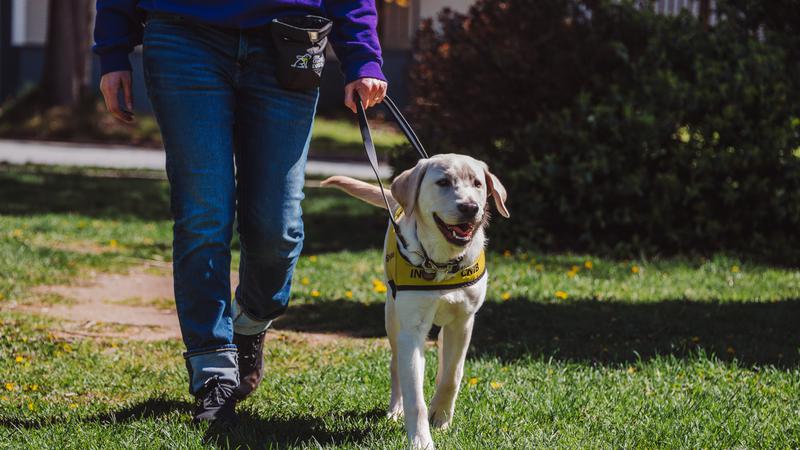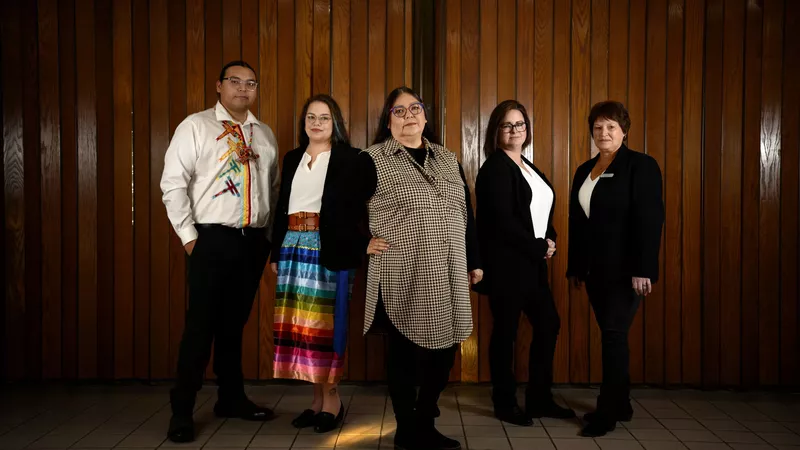
Meadow Lake sees record-breaking temperatures throughout cold snap
The recent cold snap in northern Saskatchewan is going to be remembered for quite some time, especially in Meadow Lake.
Midway through the second consecutive La Niña winter, the city is enduring one of the harshest winters in its history. The heavy snowfalls and extreme temperatures that have made life so difficult for residents has also broken several records over the past week.
As the new year and the beginning of the week began, while temperatures were quite cold, they weren’t as extreme as they would soon become. On Monday, Meadow Lake reached a nighttime low of -28.3 C, and Tuesday’s lowest recorded temperature was -29.8 C. Neither of which came close to their all-time records.
On Jan. 5, temperatures would begin to drop noticeably. Wednesday’s nighttime low reached -37.7 C, which still had more room to go before challenging the day’s all-time record of -43.1 C, which was set in 1996.



